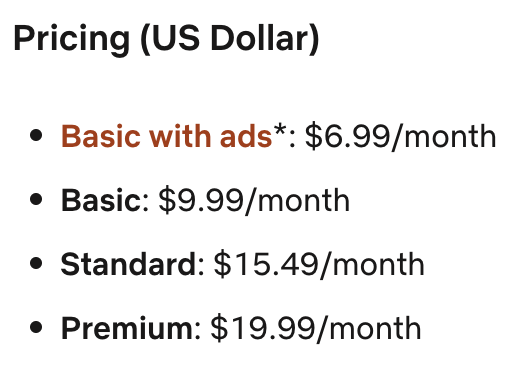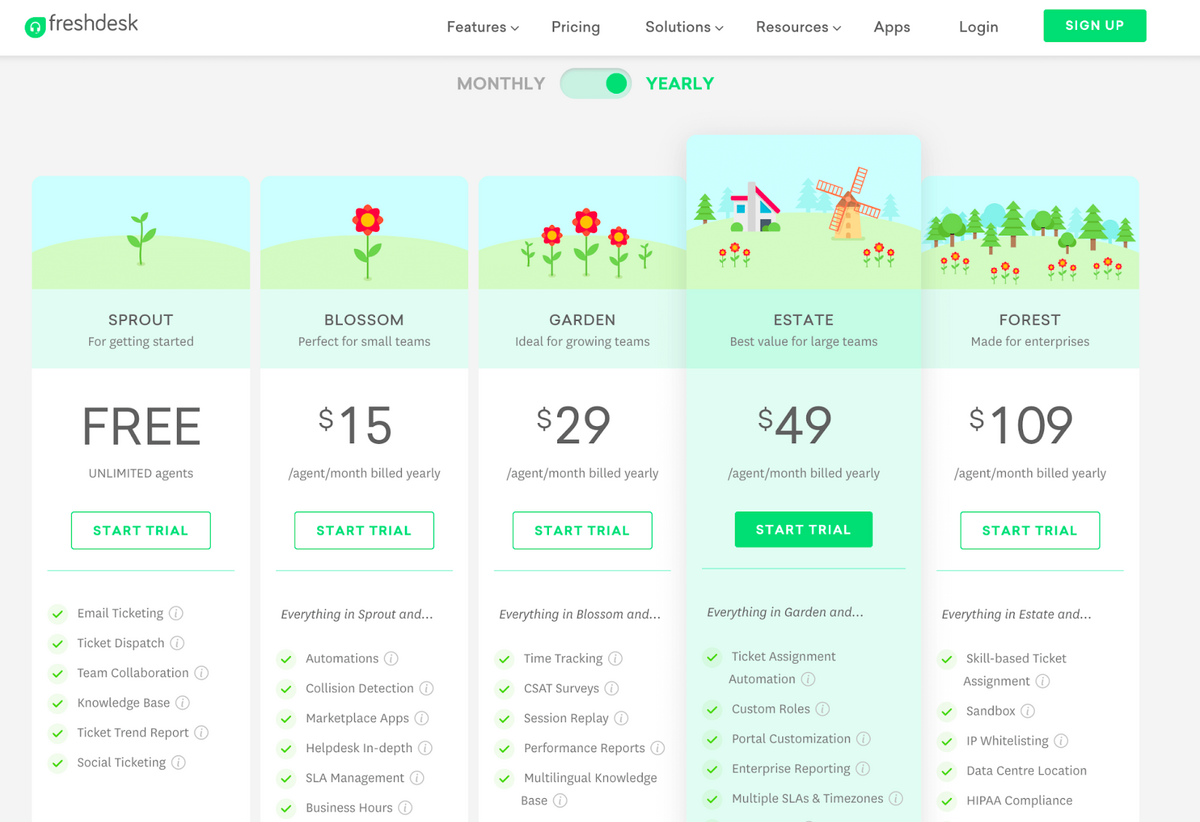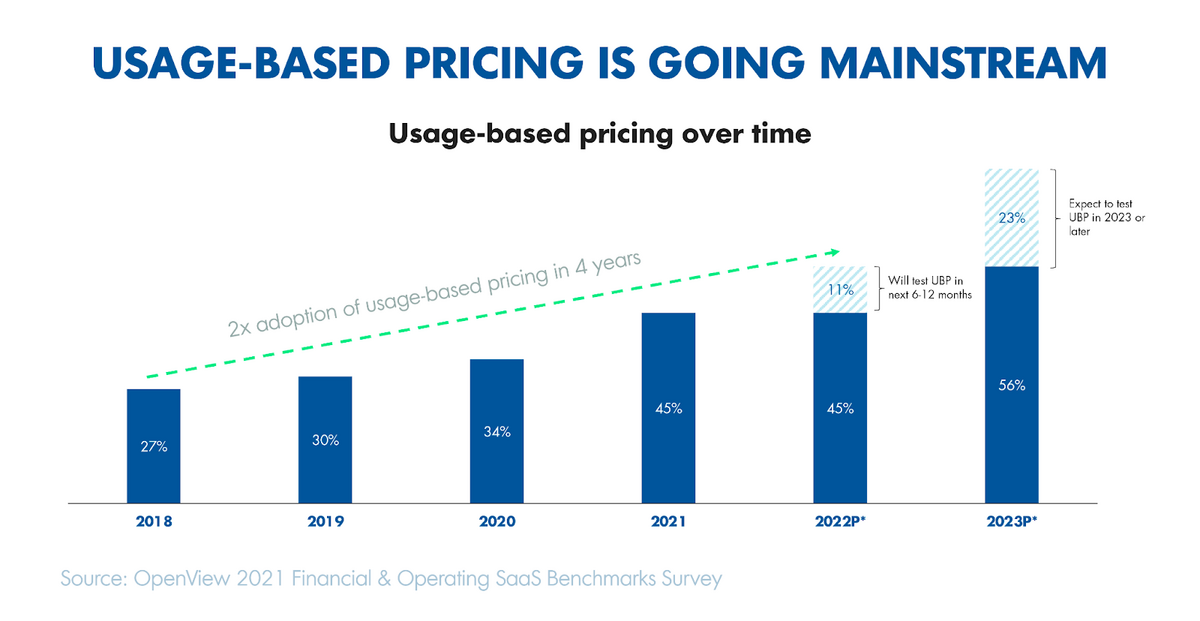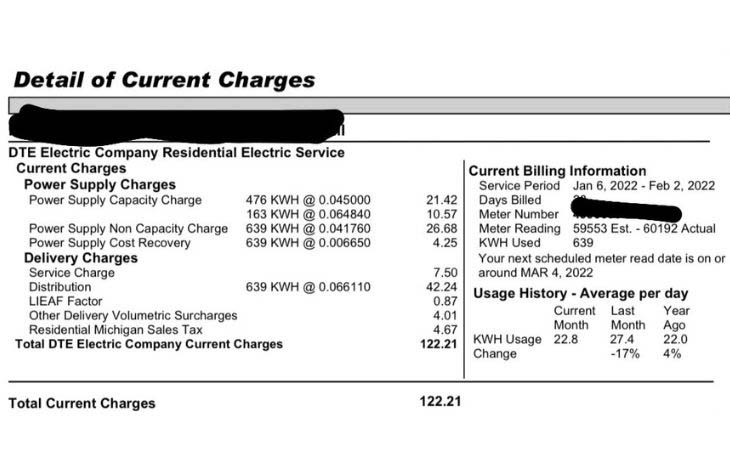Recurring billing boasts many benefits for service-based businesses, including fewer late payments, automated payment collection, and happier customers.
But before you switch your payment system, there are a few things to consider. First, it’s important to know the two types of recurring billing that you can use—fixed and variable.
In this article, we’ll tell you about each type and its various advantages and shortcomings. Read it to get a crash course in the two types of recurring billing.
Fixed Recurring Billing
The most common form of recurring payment is when a business automatically charges their customer the same amount of money every payment cycle.
Because customers pay a fixed amount each time, this is called fixed recurring billing.
How it works is simple. If someone purchased a business’s ongoing service at $19.99 per month, that’s how much they’re charged every month.
They pay that much regardless of how much of the service they’ve used.
This form of recurring billing is typical for subscription-based businesses like magazines, SaaS brands, membership businesses, and streaming brands.
For example, Netflix uses fixed recurring billing to charge their customers:

Source: Netflix
Even though Netflix offers four different pricing tiers, which means that one customer might pay $6.99 per month while another pays $19.99 per month, a specific customer will always pay the same monthly amount.
This brings up one of the key benefits of fixed billing—it makes the customer payment process easier.
Buyers don’t have to worry about how much they’re going to be charged any given month. They already know the answer.
And with this information, budgeting becomes more manageable for them. This leads to fewer cases where they can’t pay the total amount owed.
Further, customers are less likely to be angry about huge charges.
For instance, we all know someone who has a roommate or family member that never shuts off their AC unit and racks up the price of electricity.
Most of the frustration probably goes to that roommate, but some of it surely finds its way to the company sending the bill.
When you use fixed billing, you avoid inciting these angry feelings in your customers:

Source: Clip Strip
But customers aren’t the only ones winning with fixed recurring billing.
This automated payment model offers some serious advantages to businesses as well, starting with how it makes it easier to predict revenue and cash flow in the short and long term.
When every customer on tier A is paying you $9.99 per month, it’s not that hard to draw a line to see how much you’ll have earned in six months, a year, or five years.
Yes, you still have to account for churn and new customers, but it’s easier to do than with variable billing, and the revenue estimates will be at a higher confidence ratio.
Having consistent, predictable revenue also enables you to make more informed decisions about how you spend your money. It can help you avoid severe mistakes.
You’ll be less likely to accidentally invest in a new piece of equipment at the wrong time—for example, right before an unanticipated slump in cash flow.
Lastly, it’s easy to upsell customers on a fixed model. They’ll easily be able to identify the difference in price per cycle.
For example, if a customer was paying $15 monthly and saw an ad for the upgraded plan at $29 per month, they just have to decide if the extra value their gain is worth the extra $14 dollars per month they’ll pay.

Source: Chargebee
With variable billing, the price difference between plans becomes slightly hazier, and this can cause customers to neglect the evaluation or overestimate the price hike.
But variable recurring billing has its place in the world of recurring payments. Let’s now learn a bit about it, which businesses use it, and what benefits it offers.
Variable Recurring Billing
Variable recurring billing (also referred to as irregular recurring billing, in contrast to the fixed kind) involves customers being charged varying amounts of money from one billing cycle to another.
Typically, businesses collect these payments either on a monthly or an annual basis.
A customer might pay $53.55 in January, $60.23 in February, and $4.87 in March.
The quantity charged for any given billing cycle depends on how much the customer has used the product or service.
This makes it popular for companies that offer usage-based pricing, an increasingly popular pricing model in industries like SaaS:

Source: TechCrunch
Different companies use different methods to define usage. A phone service company might charge by minutes, while a SaaS brand charges by the number of tokens used.
Imagine a sales rep is using lead generation software and it helped them uncover the phone numbers of 1,000 leads in a month. If the cost per lead is 10 cents per lead, they’d pay $100.
Sometimes, companies will offer a base plan at a fixed rate and then charge customers extra per unit if they extend past the base plan’s limit.
Phone service companies that charge you extra for data overage are a good example.
For instance, check out Verizon’s data overage policy:

Source: Verizon
There’s another familiar type of business that uses this billing style—utility companies, like electricity and gas.
They charge you based on how much of the resource you used in your home that month.
To give customers transparency into the amount charged in each cycle, businesses will create in-depth invoices that tell the customer how much of the resource they used, and outline the various sub-costs incurred from that usage:

Source: Move
Because usage varies from month to month, their revenue is prone to seasonality. In winter months a heating company earns more money than in summer months, for example.
This brings up one of the major disadvantages of variable recurring billing and usage-based pricing—it’s harder to predict revenue and cash flow.
This added complexity to forecasting, however, is offset by plenty of powerful benefits, the chief among them being the flexibility irregular recurring billing offers your customers.
Customers can control how much they pay each payment cycle by adjusting how much they use. This helps them stay on budget and feel in the driver’s seat of the relationship.
Plus, customers only pay for what they use, meaning that, if they’re reasonable, they can’t blame you for overcharging them.
Like fixed recurring billing, this method can also be highly automated with the right recurring billing software, allowing you to spend more of your time on projects that require your expertise and creativity.
Conclusion
In sum, fixed (or regular) recurring billing charges a customer the same amount every billing cycle, and variable (or irregular) recurring billing charges a varying amount that depends on the customer’s usage of the service.
Both are viable options for recurring billing, and you should pick the one that best aligns with how you currently price and deliver your service.
To learn more about how to successfully implement recurring payments and avoid common mistakes, check out our guide on the best practices for accepting recurring payments, where we teach you about data security, automated failed payment retries, and other techniques.


















